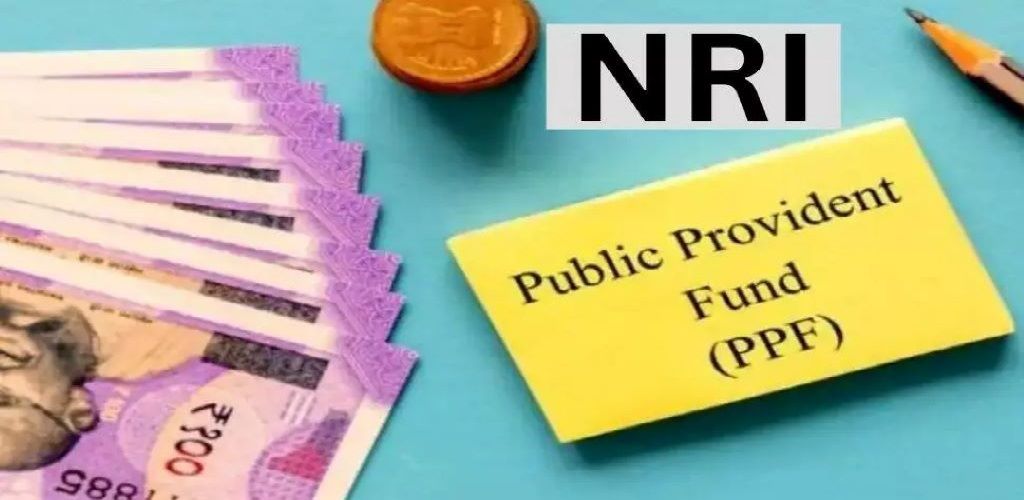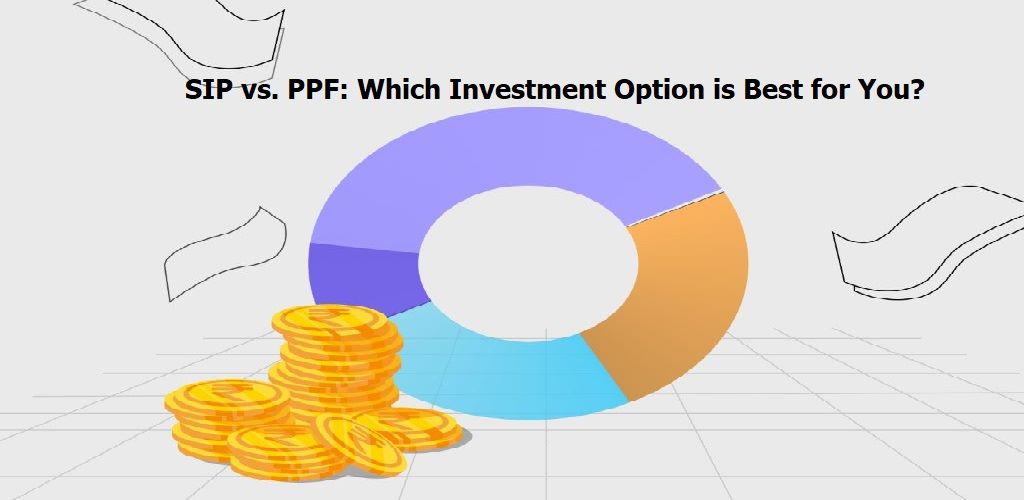For individuals holding a bank account in India, it is crucial to link their accounts with their Aadhaar card, serving multiple purposes from facilitating efficient financial transactions to ensuring targeted delivery of government subsidies. It not only streamlines financial processes but also enhances security and transparency.
In this article, we will walk you through the steps involved in linking Aadhaar with a bank account, providing readers with a comprehensive understanding of the process and its significance. Whether you prefer an online method through internet banking or a visit to your bank branch, this guide will help you navigate through the process seamlessly, ensuring compliance with regulatory requirements and contributing to the broader objectives of financial inclusion and efficient governance.
Top Benefits Of Linking Aadhaar With Bank Account
Here are some of the key advantages of linking Aadhaar with a bank account:
- Financial Inclusion: Linking Aadhaar with a bank account promotes financial inclusion by making it easier for individuals, including those in remote areas, to access banking services. It facilitates the opening of bank accounts and encourages participation in the formal financial system.
- Improved KYC Verification: Periodic KYC updates are occasionally necessary for banks. When Aadhaar is linked, this procedure becomes more streamlined, effective, and expeditious. The Aadhaar card functions as a valid KYC (Know Your Customer) document, simplifying the process for individuals to open bank accounts.
- Direct Transfer Of Various Government Benefits: Connecting your Aadhaar with your bank account streamlines the direct deposit of government benefits into your bank account. Whether it’s subsidies, pensions, welfare funds, or scholarships, you no longer need to wait in queues or risk missing out on vital financial assistance.
- Secure & Efficient Transactions: Aadhaar linkage enhances the security of financial transactions. It provides a unique identity that can be used for authentication, reducing the risk of identity theft and fraud. This, in turn, contributes to more secure and efficient banking transactions.
- Anywhere Accessibility: Due to the online and interoperable structure of the Aadhaar Enabled Payments Systems (AEPS), residents can conveniently access their accounts from any location across the nation.
- Ease Of Compliance: Linking Aadhaar with a bank account is a regulatory requirement, and compliance with this mandate helps individuals avoid any potential inconvenience or disruptions in accessing financial services. It ensures alignment with the legal and regulatory framework.
Methods To Link Aadhaar With Bank Account
Here are common ways to link your bank account with Aadhaar:
ONLINE METHOD:
- Through Internet Banking
- Log in to your bank’s internet banking portal.
- Look for an option related to Aadhaar seeding, linking, or updating.
- Enter your Aadhaar number and follow the instructions provided by the bank.
- After submitting details, you will get a confirmation message once the linking is successful. Some banks may need some additional authentication steps.
- Through Mobile App
- Download and install your bank’s mobile banking application.
- Log in to the app.
- Find the option for Aadhaar seeding or linking.
- Enter your Aadhaar details and follow the on-screen instructions.
- After submission of details, you will be notified regarding the successful linking of your Aadhaar with your bank account.
- Through SMS
- Ensure that your mobile number is registered with the bank.
- Send an SMS from your registered mobile number in the format specified by the bank. This format typically includes your Aadhaar number and a code provided by the bank.
- Post verification, you will receive a confirmation SMS upon successful Aadhaar linkage.
OFFLINE METHOD:
- By Visiting The Branch Office
- Visit the nearest branch of your bank.
- Request an Aadhaar linking form or use the one provided by the bank.
- Fill out the form with your Aadhaar details.
- Submit the form along with a self-attested copy of your Aadhaar card.
- At the end of this procedure, the verification process is expected to be finalized within a few hours. The applicant will also receive a confirmation SMS on the registered phone number or email ID.
- By Using ATM
- Visit an ATM of the bank where you have an account.
- Insert your ATM card and enter the PIN.
- Look for an option related to Aadhaar linking.
- Enter your Aadhaar number and follow the prompts on the screen.
- Upon the conclusion of this procedure, you will receive a confirmation message indicating that your Aadhaar has been successfully linked with your bank account.
- Through Call
Several banks provide a convenient method for linking your Aadhaar card to your bank account by simply giving a missed call to their designated toll-free number. The process involves the following steps:
- Give a missed call to your bank’s toll-free number, and your bank will call you back.
- During the call, follow the Interactive Voice Response (IVR) instructions and input your 12-digit Aadhaar number when prompted.
- Once your Aadhaar is successfully linked to your bank account, you will receive a confirmation message notifying you of the successful seeding.
How To Check The Linking Status Of Aadhaar & Bank Account?
Linking your Aadhaar card with your Employee Provident Fund (EPF) account in India offers several advantages:
- Streamlined KYC Process
Aadhaar functions as a distinctive identification record incorporating both biometric and demographic information of a person. Integrating Aadhaar with EPF streamlines the Know Your Customer (KYC) procedure by obviating the necessity for distinct identity and address verifications.
- Easy and Quick Withdrawals
By linking your EPF accounts with Aadhaar, you can experience seamless and accelerated withdrawal procedures. Online EPF withdrawals become easily accessible by authenticating your Aadhaar details, enhancing the overall efficiency and convenience of the entire process.
- Enhanced Security
The integration of Aadhaar with EPF enhances the security of your account. Aadhaar authentication introduces an additional layer of verification, diminishing the likelihood of fraudulent activities and unauthorized access to your EPF funds.
- Direct Benefit Transfer (DBT)
Aadhaar integration with EPF facilitates direct benefit transfers, allowing funds to be credited directly to your EPF account without intermediaries. This streamlined process ensures the prompt and precise disbursal of benefits, including EPF withdrawals, pension payments, and government subsidies.
- Online Services and Self-Service Portals
Integrating Aadhaar with EPF grants you access to diverse online services and self-service portals offered by the Employees’ Provident Fund Organisation (EPFO). Through these platforms, you can effortlessly monitor your EPF balance, download passbooks, update personal details, and utilize various other EPF-related services.
- Reduced Paperwork
The linkage of Aadhaar with EPF minimizes the necessity for physical paperwork and documentation. This time-saving measure reduces the effort typically associated with the submission and verification of multiple documents.
- Prevents Duplicate Accounts
The integration of Aadhaar aids in the identification and elimination of duplicate EPF accounts. Ensuring accurate linkage of your EPF contributions to your unique Aadhaar number diminishes the likelihood of multiple accounts and simplifies the management of your funds, reducing potential complications.
Things To Remember While Linking Aadhaar With A Bank Account
When linking your Aadhaar with your bank account, it’s important to keep certain things in mind to ensure a smooth and secure process. Here are some important considerations:
- Use Official Channels: Only use official channels provided by your bank for linking Aadhaar. Avoid responding to unsolicited calls, messages, or emails asking for Aadhaar details. Only provide them to authorized bank representatives or through secure and official channels.
- Ensure Validity Of Aadhaar Card: Ensure that you have a valid Aadhaar card issued by the Unique Identification Authority of India (UIDAI). It should have your correct name, date of birth, and photograph.
- Keep Documents Ready: Have a self-attested copy of your Aadhaar card and any other documents requested by the bank, such as a filled Aadhaar linking form, ready before visiting the bank branch.
- Update Registered Mobile Number: Ensure that your mobile number registered with the bank is up to date. Most banks use SMS-based authentication during the linking process.
- Always Check For Confirmation: After completing the Aadhaar linking process, check for confirmation from the bank. This could be in the form of an SMS, email, or an update on your internet banking/mobile banking app.
- Take Acknowledgment Receipt: Once the linking process is complete, ensure that you receive an acknowledgment receipt from the bank. This receipt serves as proof that your Aadhaar has been successfully linked to your bank account.
- Understand The Purpose: Understand why Aadhaar linkage is required and how it benefits you. It is often linked to Direct Benefit Transfer (DBT) schemes, subsidies, and other government initiatives.
- Stay Updated: Remember that the process and guidelines may evolve, so always refer to the official communication from your bank or the UIDAI for the latest information. Keep yourself updated with any changes or updates in the Aadhaar linking process. Check the official website of UIDAI or the bank for the latest information and guidelines related to Aadhaar linking.
Frequently Asked Questions
Yes, you can link multiple bank accounts with your Aadhaar. You will need to follow almost the same process for each bank account individually.
Generally, you will need your original Aadhaar card and a self-attested photocopy. Some banks may require additional documents such as valid identity proof (e.g., PAN card, passport) or address proof (e.g., utility bill, ration card). It is advisable to contact your bank to know the exact document requirements.
The government of India has mandated the linking of Aadhaar with bank accounts. Failure to comply with the directive may result in potential restrictions on the usage of your bank account or services. However, it is essential to stay updated with the latest regulations to know the current status and requirements.
The process usually takes around 24 hours or more for verification. After successful verification, you may receive a confirmation message.
It’s essential to have your mobile number registered with the bank for Aadhaar linking. If it’s not registered, you may need to update it by visiting the bank branch.
When done through official channels, Aadhaar and bank account linking is generally secure. Ensure that you use official websites, avoid sharing details with unknown sources, and follow recommended security practices.







